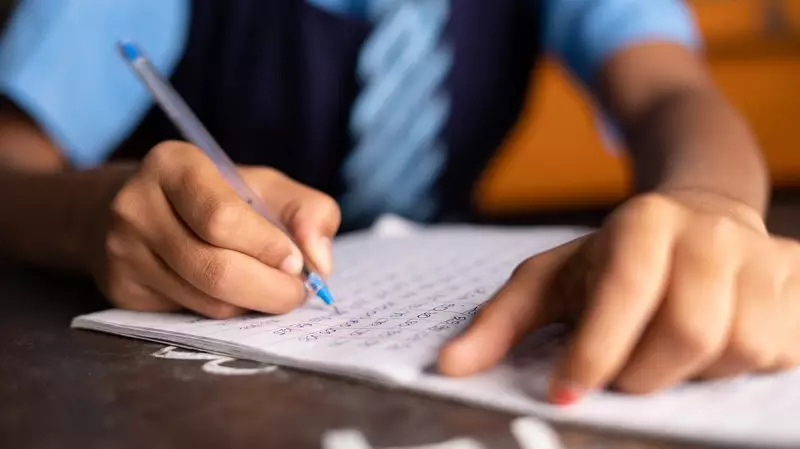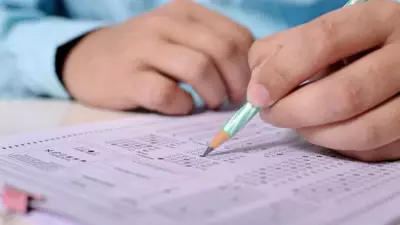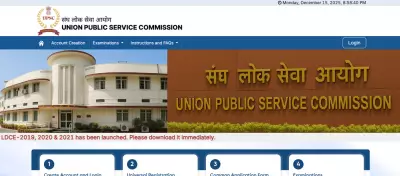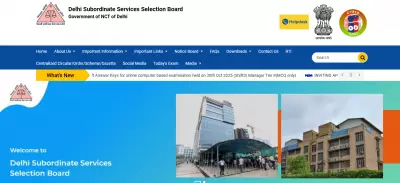
In a groundbreaking move that could reshape classroom dynamics across the state, the Karnataka government has implemented a transformative policy allowing primary school teachers to extend their expertise to higher grades. The Department of Public Instruction has officially granted permission for teachers currently handling classes 1 through 5 to now teach students in grades 6 and 7 as well.
Addressing Critical Teacher Shortages
This strategic decision comes as a direct response to the persistent shortage of subject-specific teachers in many government schools throughout Karnataka. The new flexibility enables schools to optimize their existing teaching resources more effectively, ensuring that students continue to receive quality education without interruptions due to staffing gaps.
Implementation Framework and Guidelines
The education department has established clear parameters for this expansion of teaching responsibilities. According to the official circular, primary teachers can only be assigned to teach classes 6 and 7 within the same school where they're currently employed. This intra-school transfer system prevents unnecessary disruptions while maximizing resource utilization.
Benefits for Rural Education
This policy is particularly significant for rural educational institutions that often struggle to attract specialized teachers for higher primary grades. By leveraging the existing teaching workforce, the government aims to:
- Reduce classroom vacancies in remote areas
- Maintain educational continuity for students
- Provide career growth opportunities for primary teachers
- Optimize state education resources efficiently
Teacher Qualifications and Training
While the policy expands teaching opportunities, it maintains strict adherence to qualification standards. Primary teachers must possess the necessary academic credentials and training to handle the curriculum of grades 6 and 7 effectively. The department emphasizes that this move is about utilizing qualified professionals already within the system rather than compromising on educational standards.
This innovative approach represents a pragmatic solution to one of Karnataka's most pressing educational challenges, potentially serving as a model for other states facing similar teacher allocation issues in their government school systems.





